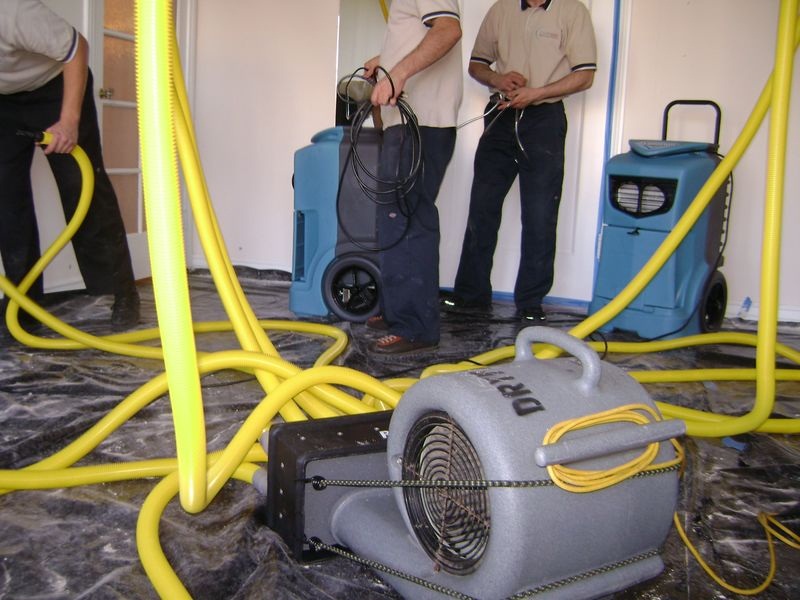PSA is a technology that stands for Pressure Swing Adsorption. This technology is made to separate some of the unique gas from the mixture of various gases or air under pressure. This happens because of the gas molecules' characteristics and the affinity it shows for the adsorbent material.
Molecular sieves or zeolites are a kind of material that is made for absorption. Its specialty is that it can absorb a high amount of moisture. And it can also absorb some special gas. The zeolite absorbs certain gases that get mixed in the mixture. Hence, it is also called the Separation of a mixture.
Zeolite contains tiny pores that are of uniform size. These tiny pores act as adsorbents site for different gas and liquids. The molecular sieve is available in different types, for example, 3A, 4A, 5A, and 13X. This is all used in PSA plants.
Let's Learn How PSA Plant Works
The process
This process of Pressure Swing Adsorption is based on the physics law that any gas
under high pressure will likely attract to the nearby solid surface. This process is called adsorption.
These plants require two vessels that are filled with molecular sieves. First clean compressed air at the temperature of 30 degrees Celsius is passed through one vessel, and the oxygen molecules come out from the vessel as product gas. The second vessel is depressurized to match the atmospheric pressure. It is then purged with a little oxygen molecule coming out from the first vessel.
Applications of PSA Technology in other fields.
- The primary major function is used in the Refinery industries
- It is used in separating carbon dioxide from biogas. This is done to increase the purity of methane.
- In all Nitrogen generator units, this PSA technique is used.
- It also has a major role in the pharmaceutical industry in producing oxygen and other medical needs.
Let's learn what all can Molecular Sieve 13X can do
The molecular sieves are synthetically made up of zeolites. These zeolites have a definite structure of pores and cavities of uniform dimensions. This molecular sieve has a three-dimensional structure that is made up of SiO2 or Silicon dioxide and AlO4 or Aluminium oxide. Both elements are internally connected. The molecular sieve 13X is based on the sodium form which is of type X crystal. Its pore diameter is 1.0 nm. The action of adsorbing the molecules is via kinetic pores and it can adsorb any molecule less than 0.1 nm but it cannot adsorb the larger one or whose diameter is greater than 0.1 nm. The 13X molecular sieve also has the property to adsorb all kinds of aromatics and branch chain hydrocarbons.
It has a larger pore size than the other desiccants like 3A, 4A, and 5A. This molecular sieve is mainly used for adsorbing industrial gases that include Carbon dioxide (CO2), Oxygen (O2), Hydrogen Sulfide (H2S), and Ammonia (NH3). The molecular sieve 13X adsorbs the moisture apart from these industrial gases. Not only they are used in removing industrial gases, but they are also great examples of the -
? Removal of mercaptan
? Carrying catalyst
? Compressed Air Drying Systems
? Purification of solvent
? Drying sulfurated hydrogen
? Separating Carbon dioxide and moisture from the air
The molecular sieve 13X comes in beads and pellets form. And in this form, they can be used for various applications. One of its unique properties is its regeneration process.
Regeneration Process:-
The 13X molecular sieve can be regenerated by heating it and purging it with the gas it carries. For this process, the required temperature will be around 250 Celcius to 350 Celcius. Further, the cooling period is essential to reduce the temperature of the molecular sieve up to room temperature. The molecular sieve can also be regenerated by pressure swing. It does not have any impurities in this method.
Applications of Molecular sieve 13X
? The 13X molecular sieve can effectively be used to get rid of the toxic gases that emerge from landfills. This application will save you a lot of money that might go into the maintenance of the landfills to prevent the mixing of toxic gas into the air.
? It is also used in the biological industry to separate the biogas from the impurities. It is essential because these impurities if left alone can be hazardous to the environment, but with this application, the impurities are properly used and disposed of.
Mercaptan oxidation is used to treat liquefied gas or can be known as LPG. This application helps in removing unwanted compounds that are called mercaptans. The mercaptans are majorly constituted of sulfur. It is a highly refined process that solely relies on the special catalyst that is in the combination with a 13X molecular sieve.

 Molecularsieve Desiccants
Molecularsieve Desiccants








